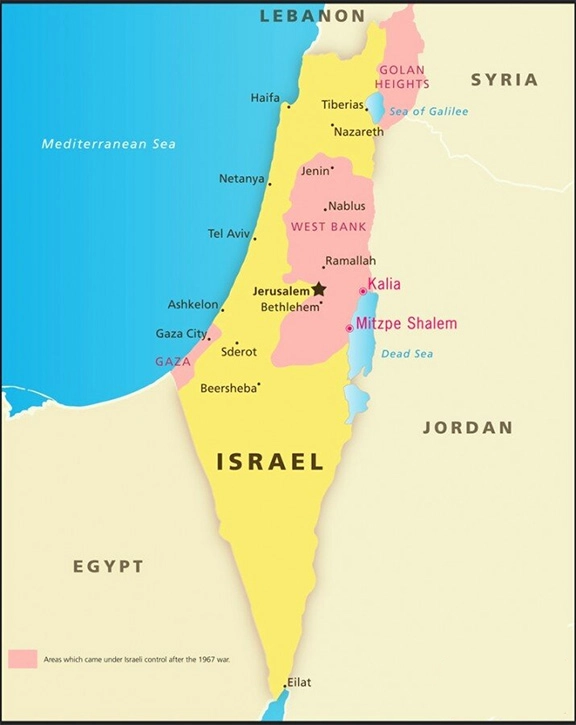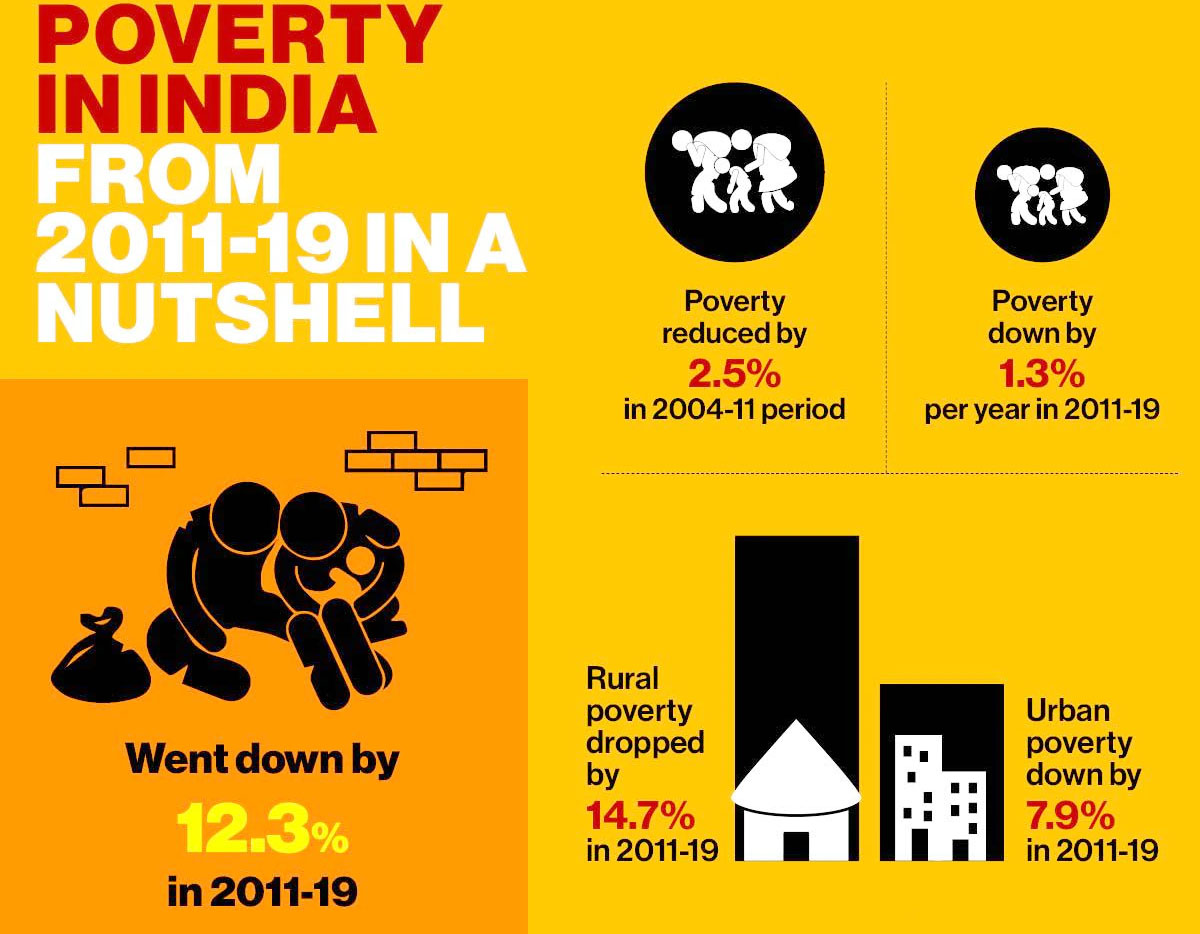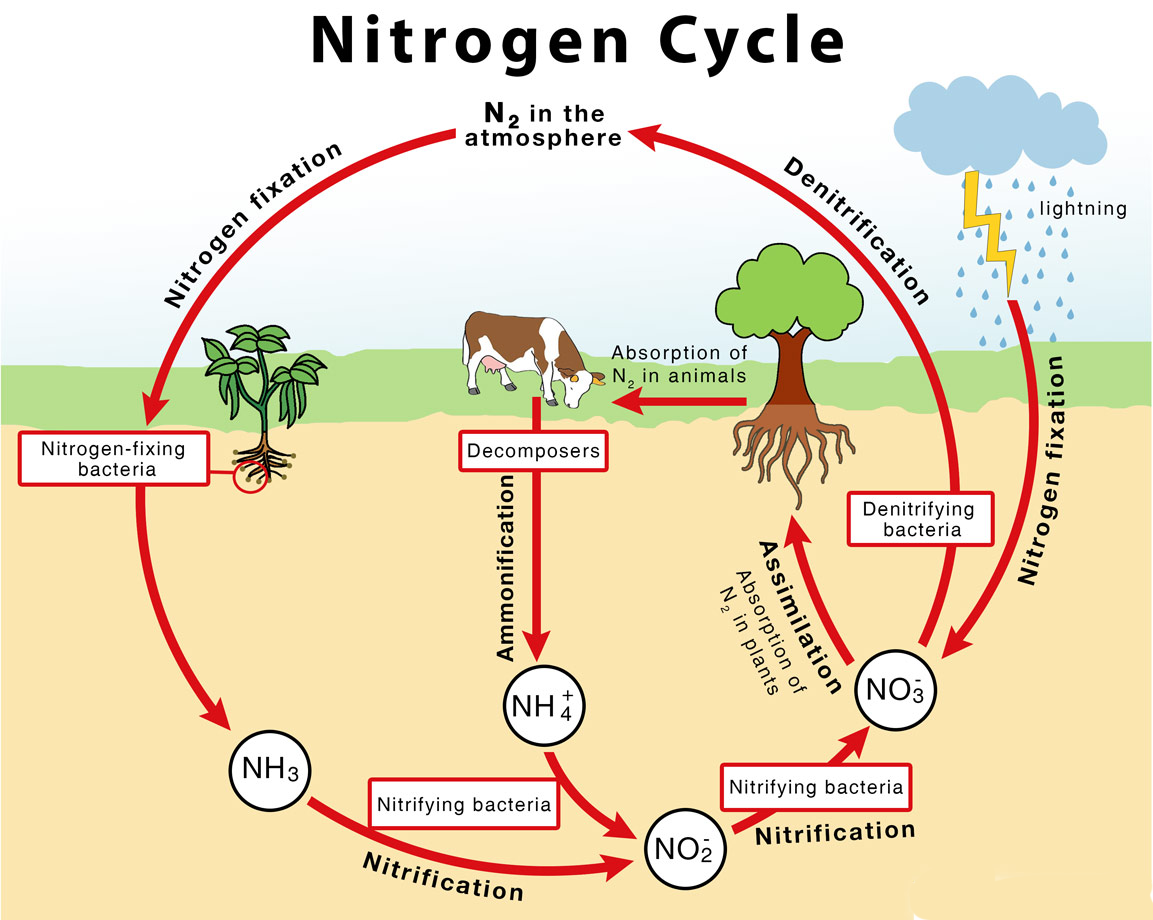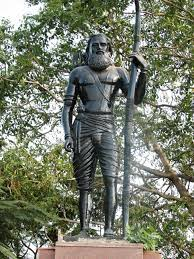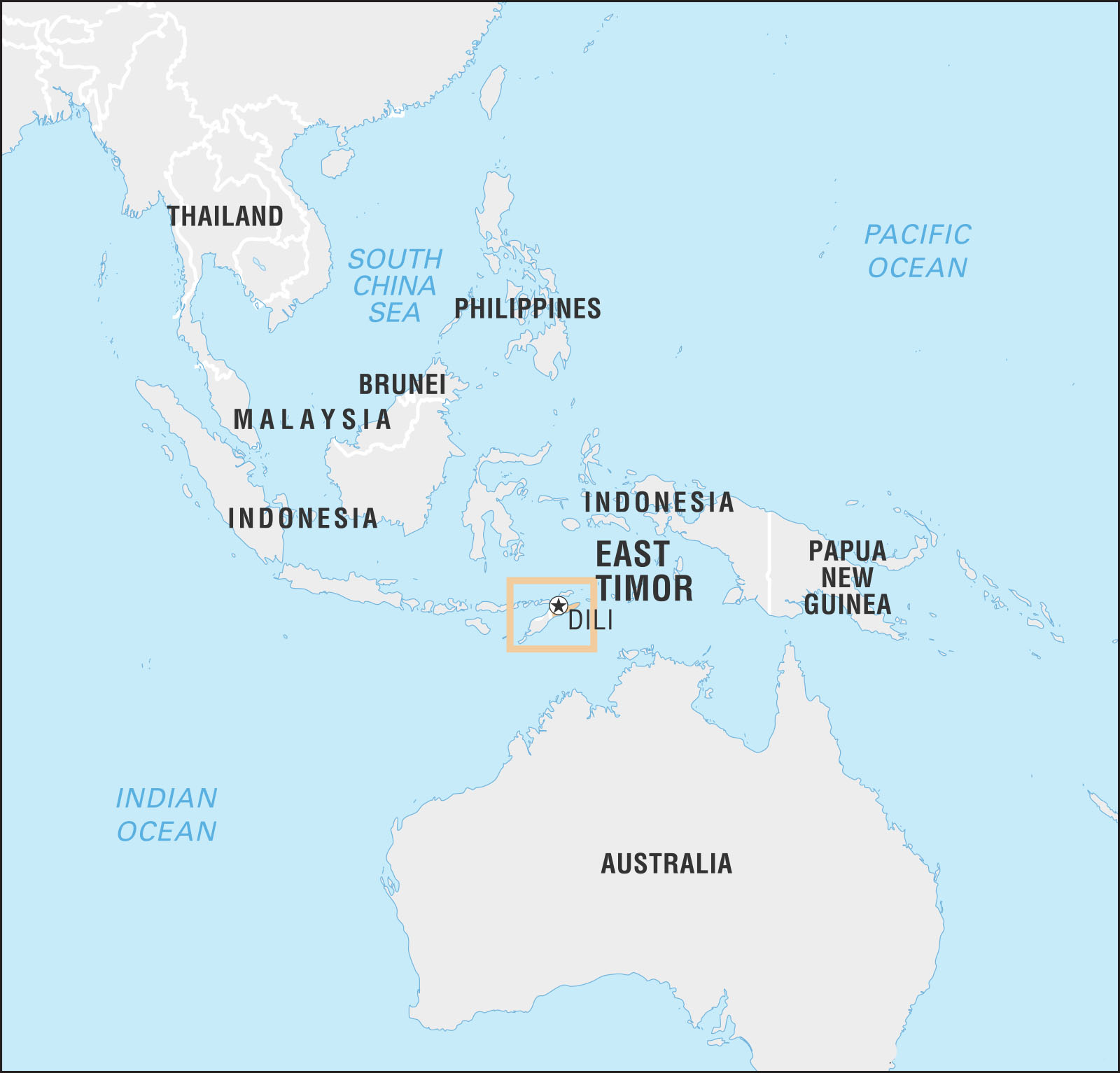International Relations
Jerusalem’s al-Aqsa Mosque
For Prelims: Jerusalem’s al-Aqsa Mosque, United Nations Educational, Scientific and Cultural Organization (UNESCO), World Heritage Site, Arab Israel war of 1948, Six-Day War in 1967, Abraham Accord
For Mains: Israeli–Palestinian conflict, Arab Israel war of 1948, Six-Day War in 1967, Abraham Accord
Why in News?
Recently, tensions flared up again at Jerusalem’s al-Aqsa Mosque between the Palestinians and Israeli police.
- Over the decades, this site in Jerusalem’s Old City has frequently been a flashpoint for violence between Palestinians and Israeli forces and hardline groups and is at the heart of competing for historical claims.
- These recurring clashes are part of the ongoing Israeli–Palestinian conflict.
What is al-Aqsa Mosque & Associated Conflict?
- The al-Aqsa Mosque is one of Jerusalem’s most recognized monuments.
- The site is part of the Old City of Jerusalem, sacred to Christians, Jews and Muslims.
- The United Nations Educational, Scientific and Cultural Organization (UNESCO), has classified the Old City of Jerusalem and its walls as a World Heritage Site.
- The mosque’s complex is the reason for the conflict between Israel & Palestine (Islam & Judaism).
- Al-Aqsa Mosque is one of Islam’s most revered locations, and the Temple Mount is the holiest site in Judaism.
- The Temple Mount is a walled compound inside the Old City in Jerusalem, and is the site of two structures:
- The Dome of the Rock to the north and the Al-Aqsa Mosque to the south.
- To the southwest of the Temple Mount, is the Western Wall, a remnant of the Second Temple and the holiest site in Judaism.
- In Islam, the Dome of the Rock is a seventh-century structure, an important Islamic shrine, believed to be where the Prophet Muhammad ascended to heaven.
- Before modern borders were drawn up in the region, pilgrims to the Muslim holy cities of Mecca and Medina would stop over in Jerusalem to pray at this mosque.
- In Judaism, it is believed to be the site where God gathered dust to create Adam.
- According to the Bible, in 1000 BC King Solomon built the First Temple of the Jews on this mountain, which Babylonian troops tore down some 400 years on the orders of the Babylonian king Nebuchadnezzar.
- In the first century BC, Jews returned from their banishment and built the Second Temple.
What are the Geopolitics of Conflict over Jerusalem?
- Jerusalem has been at the center of the Israeli-Palestinian conflict.
- According to the original 1947 United Nations (UN) partition plan, Jerusalem was proposed to be an international city.
- However, in the first Arab Israel war of 1948, the Israelis captured the western half of the city, and Jordan took the eastern part, including the Old City that houses Haram al-Sharif.
- Following the Six-Day War in 1967, an armed conflict between Israel and a coalition of Arab states primarily comprising Jordan, Syria and Egypt, the Waqf Ministry of Jordan that had till then held control of the al-Aqsa Mosque, ceased to oversee the mosque.
- Israel captured East Jerusalem from Jordan in the Six-Day War 1967 and annexed it later.
- Since its annexation, Israel has expanded settlements in East Jerusalem.
- Israel sees the whole city as its “unified, eternal capital”, whereas the Palestinian leadership across the political spectrum have maintained that they would not accept any compromise formula for the future Palestinian state unless East Jerusalem is its capital.
Way Forward
- The world at large needs to come together for a peaceful solution but the reluctance of the Israeli government and other involved parties have aggravated the issue more.
- Thus, a balanced approach would help to maintain favorable relations between Arab countries and Israel.
- The recent normalization agreements between Israel and the UAE, Bahrain, Sudan, and Morocco, known as the Abraham Accords, are the steps in the right direction.
- All regional powers should envisage peace between the two countries on line with the Abraham Accords.


International Relations
Colombo Security Conclave
For Prelims: Colombo Security Conclave, SAGAR Vision, QUAD grouping, South Asian Association of Regional Cooperation (SAARC).
For Mains: Indian Ocean Region, SAGAR: Security and Growth for all in the Region, India and its Neighborhood.
Why in News?
Recently, the Colombo Security Conclave (CSC) Virtual Conference was organized by the National Investigation Agency of India.
- The participants discussed various challenges related to terrorism in their respective countries and shared experiences in the prosecution of terrorism cases, strategies to deal with foreign fighters and countering the misuse of the internet and social media.
What is Colombo Security Conclave?
- About: The CSC, was formed in 2011 as a trilateral maritime security grouping of India, Sri Lanka and the Maldives.
- It welcomed Mauritius as a fourth member at the fifth meeting of national security advisers.
- Bangladesh and Seychelles attended as observers and have been invited to join the group.
- Envisaged Goal: The fifth meeting of national security advisers of the CSC identified key areas of cooperation to enhance and strengthen regional security in the following five pillars:
- Maritime Safety and Security
- Countering Terrorism and Radicalization
- Combating Trafficking and Transnational Organized Crime
- Cyber Security, Protection of Critical Infrastructure and Technology
- Humanitarian Assistance and Disaster Relief
- Significance: CSC is being seen as India’s outreach to the Indian Ocean to underline regional co-operation and shared security objectives.
- Countering China: The CSC hopes to restrict China’s influence in an area of strategic importance and to reduce the Chinese footprint in the member countries.
- Maritime Security: India has a large coastline of nearly 7500 Km along with islands of strategic chokepoints. This makes maritime security a priority for the country, in which CSC plays a vital role.
- Synergy With SAGAR Vision: The grouping is also in line with India’s vision of “SAGAR: Security and Growth for all in the Region” and India being a member of QUAD grouping.
- Emerging Sub-regionalism: The coming together of the 6 Indian Ocean region countries indicate the development of sub-regionalism on a common maritime and security platform and is significant in a wider global context as well.
- Associated Challenge: Even though the strategic interests of the six countries are aligned in the Indian Ocean Region (IOR), an attempt to mold the CSC into an institution to counter China’s influence would meet the fate of the South Asian Association of Regional Cooperation (SAARC), widely regarded as a failure.
Way Forward
- Need for Regional Cooperation: There is an immense need for cooperation in the IOR given the rising number of security issues and uncertainties.
- The CSC is more likely to succeed if it maintains a common strategic vision and does not get bogged down by the growing Chinese influence in the region.
- To avoid points of contention with its Neighbours, India should start to accept that the IOR is developing into a global common.
UPSC Civil Services Examination, Previous Year Questions (PYQs)
Q. Consider the following in respect of Indian Ocean Naval Symposium (IONS): (2017)
- Inaugural IONS was held in India in 2015 under the chairmanship of the Indian Navy.
- IONS is a voluntary initiative that seeks to increase maritime co-operation among navies of the littoral states of the Indian Ocean Region.
Which of the above statements is/are correct?
(a) 1 only
(b) 2 only
(c) Both 1 and 2
(d) Neither 1 nor 2
Ans: (b)
Exp
- The ‘Indian Ocean Naval Symposium’ (IONS) is a voluntary initiative that seeks to increase maritime cooperation among navies of the littoral States of the Indian Ocean Region by providing an open and inclusive forum for discussion of regionally relevant maritime issues


Social Justice
Paper on India’s Poverty: World Bank
For Prelims: World Bank, IMF, Poverty, NSSO, Poverty Related Initiatives.
For Mains: Important International Institutions, Poverty in India and Related Issues.
Why in News?
Recently, the World Bank published the paper titled 'Poverty has Declined over the Last Decade But Not As Much As Previously Thought'.
- The paper came close on the heels of a working paper published by the International Monetary Fund (IMF) saying India has almost eradicated extreme poverty and brought down consumption inequality to its lowest levels in 40 years through state-funded food handouts (Public Distribution System).
What are the Key Highlights of the Report?
- Decline in Extreme Poverty: Extreme poverty in India was 12.3% points lower in 2019 compared with 2011, as poverty headcount rate declined from 22.5% in 2011 to 10.2% in 2019, with a comparatively sharper decline in rural areas.
- Slight moderation in consumption inequality since 2011, but by a margin smaller than what is reported in the unreleased National Sample Survey -2017.
- The extent of poverty reduction during 2015-2019 is estimated to be notably lower than earlier projections based on growth in private final consumption expenditure reported in national account statistics.
- The World Bank defines “extreme poverty” as living on less than USD 1.90 per person per day.
- Rural vs Urban Poverty: Poverty reduction was higher in rural areas compared with urban India as rural poverty declined from 26.3% in 2011 to 11.6% in 2019, while in urban areas the decline was from 14.2% to 6.3% in the corresponding period.
- Rural and urban poverty dropped by 14.7 and 7.9% points during 2011-2019.
- Urban poverty in India rose by 2% in 2016, coinciding with the demonetisation, and rural poverty rose by 10% in 2019.
- Small Farmers: Smallholder farmers have experienced higher income growth. Real incomes for farmers with the smallest landholdings have grown by 10% in annualized terms between the two survey rounds (2013 and 2019) compared to a 2% growth for farmers with the largest landholding.
- The growth in incomes of smallest landholders in rural areas provides more evidence of moderation in income disparity in rural areas.
- Smallest landholders comprise a larger share of the poor population. This income includes wages, net receipt from crop production, net receipt from farming of animal farming and net receipt from non-farm business. Income from leasing out land has been exempted.
What is the significance of the Report?
- The World Bank’s paper is significant as India has no official estimation of recent periods. The last expenditure survey was released in 2011 by the National Sample Survey Organisation (NSSO), when the country had also released official estimates of poverty and inequality.
- It sheds light on how poverty and inequality have evolved since 2011 using a new household panel survey, the Consumer Pyramids Household Survey conducted by Centre for Monitoring the Indian Economy (CMIE).
What are the Major Poverty Alleviation Programs of India?
- Integrated Rural Development Programme (IRDP)
- Pradhan Mantri Awaas Yojana
- National Old Age Pension Scheme
- Annapurna Scheme
- Mahatma Gandhi National Rural Employment Guarantee Act (MGNREGA) 2005
- Deendayal Antyodaya Yojana - National Rural Livelihood Mission (DAY-NRLM)
- National Urban Livelihood Mission
- Pradhan Mantri Kaushal Vikas Yojana
- Pradhan Mantri Jan Dhan Yojana
What is the World Bank?
- About:
- It was created in 1944, as the International Bank for Reconstruction and Development (IBRD) along with the International Monetary Fund (IMF). The IBRD later became the World Bank.
- The World Bank Group is a unique global partnership of five institutions working for sustainable solutions that reduce poverty and build shared prosperity in developing countries.
- Members:
- It has 189 member countries.
- India is also a member country.
- Major reports:
- Ease of Doing Business (Stopped publishing recently).
- Human Capital Index.
- World Development Report.
- Its Five development institutions:
- International Bank for Reconstruction and Development (IBRD)
- International Development Association (IDA)
- International Finance Corporation (IFC).
- Multilateral Guarantee Agency (MIGA)
- International Centre for the Settlement of Investment Disputes (ICSID)
- India is not a member of this.
Biodiversity & Environment
Imbalance in Nitrogen Availability
For Prelims: Nitrogen, light pollution, invasive species, wildfire, carbon dioxide
For Mains: Importance of Nitrogen Cycle
Why in News?
According to a new report, an imbalance in nitrogen availability has been reported across the globe, with some places having an excess and others a shortage of the element.
What are the Reasons Causing the Decline?
- Rising carbon dioxide levels and other global changes have increased demand for nitrogen by plants and microbes.
- Plants grow quickly when exposed to high carbon dioxide (CO2) concentrations.
- The presence of high CO2 levels dilutes the availability of nitrogen in Plants, thus, their demand for nitrogen goes up.
- Other factors contributing to nitrogen decline include warming and disturbances, including wildfire.
- Many areas of the world, where people do not contribute excessive amounts of nitrogen to the soil, long-term records demonstrate that nitrogen availability is declining, with important consequences for plant and animal growth.
- Burning fossil fuels, application of nitrogen-based fertilizers, and other activities can dramatically increase the amount of biologically available nitrogen in an ecosystem.
What are the Consequences of Nitrogen Imbalance?
- Low Nitrogen:
- Declining nitrogen availability can be linked to insect apocalypse.
- Climate change, insecticides, herbicides, light pollution, invasive species and changes in agriculture and land use are causing Earth to lose about 1-2% of its insects each year. This is being termed as “Insect Apocalypse”.
- It can encourage swarming in some species of locusts.
- Further, low nitrogen availability could limit plants’ ability to capture CO2 from the atmosphere.
- Declining nitrogen availability can be linked to insect apocalypse.
- High Nitrogen:
- When excessive nitrogen accumulates in the streams, inland lakes and coastal bodies of water, it could sometimes result in eutrophication, leading to harmful algal blooms, dead zones and fish kills.
- Eutrophication: When a water body becomes overly enriched with minerals and nutrients which induce excessive growth of algae or algal bloom. This process also results in oxygen depletion of the water body.
- In humans, high levels of nitrogen in the groundwater are linked to intestinal cancers and miscarriages and can be fatal for infants.
- When excessive nitrogen accumulates in the streams, inland lakes and coastal bodies of water, it could sometimes result in eutrophication, leading to harmful algal blooms, dead zones and fish kills.
What are the Key Highlights about Nitrogen?
- Nitrogen is one of the primary nutrients critical for the survival of all living organisms.
- Nitrogen gas makes up 78% of our atmosphere and nitrogen is also a part of many molecules essential to life like proteins, nucleic acids (DNA and RNA) and some vitamins.
- Nitrogen is found in other biologically important compounds such as alkaloids and urea too.
- Nitrogen is thus an essential nutrient for all life-forms and life would be simple if all these life-forms could use the atmospheric nitrogen directly.
- Although nitrogen is abundant in the atmosphere as Nitrogen gas (N2), it is largely inaccessible in this form to most organisms, making nitrogen a scarce resource and often limiting primary productivity in many ecosystems.
- Only when nitrogen is converted from Nitrogen gas into ammonia (NH3) does it become available to primary producers, such as plants.
- The major transformations of nitrogen gas are through the process of:
- Nitrogen fixation (nitrogen gas to ammonia),
- Nitrification (ammonia to nitrite and nitrate),
- Denitrification (nitrate to nitrogen gases)
- The process of converting Nitrogen gas (N2) into biologically available nitrogen, that is ammonia, by nitrogen fixing microorganisms, is called nitrogen fixation.
- Some nitrogen-fixing organisms are free-living, while others are symbiotic nitrogen-fixers, which require a close association with the host to carry out the process.
- Some of these bacteria are aerobic, others are anaerobic; some are phototrophic, others are chemotrophic (use chemicals as their energy source instead of light).
- They all have a similar enzyme complex called nitrogenase that catalyzes the reduction of N2 to NH3 (ammonia).
Q. Which of the following adds/add nitrogen to the soil? (2013)
- Excretion of urea by animals
- Burning of coal by man
- Death of vegetation
Select the correct answer using the codes given below:
(a) 1 only
(b) 2 and 3 only
(c) 1 and 3 only
(d) 1, 2 and 3
Ans: (c)
- Mammals, including humans, are the primary producers of urea. Because they secrete urea as the primary nitrogenous waste product, they are called ureotelic animals. These wastes add nitrogen to the soil. Hence, 1 is correct.
- Coal combustion produces Oxides of Carbon (COx), Oxides of Sulphur (SOx), Oxides of Nitrogen (NOx) and a variety of byproducts, including fly-ash, flue gas and scrubber sludge. However, it does not directly add nitrogen to the soil. Hence, 2 is not correct.
- When plants and animals die, the Nitrogen compounds in the organic matter re-enter the soil where they are broken down by microorganisms, known as decomposers. This decomposition produces Ammonia, which goes through the nitrification process, i.e., nitrifying bacteria in the soil convert Ammonia into Nitrite (NO2 ) and then into Nitrate (NO3 ). Hence, 3 is correct. Therefore, option (c) is the correct answer.


Governance
Draft Protection and Enforcement of Interests in Aircraft Objects Bill, 2022
For Prelims: Cape Town Convention and Protocol, International Civil Aviation Organisation (ICAO), League of Nations, International Institute for the Unification of Private Law (UNIDROIT)
For Mains: Draft Protection and Enforcement of Interests in Aircraft Objects Bill, 2022
Why in News?
Recently, the Ministry of Civil Aviation released the draft Protection and Enforcement of Interests in Aircraft Objects Bill, 2022.
- The proposed law will help international aircraft leasing companies to repossess and transfer planes out of India in case of a financial dispute with an Indian airline at a time many regional airlines have been refused planes for rent.
- The proposed legislation comes more than 14 years after India acceded to Cape Town Convention.
What are the Key Points of Draft Legislation?
- About: The Bill implements the provisions of the Convention on International Interests in Mobile Equipment and Protocol on Matters Specific to Aircraft Equipment which was adopted at a conference in Cape Town in 2001.
- India acceded to the two instruments in 2008.
- These provide default remedies for the creditor and create a legal regime for disputes.
- Need: The draft legislation is necessary because several Indian laws such as the Companies Act, 2013 and the Insolvency and Bankruptcy Code, 2016 are in conflict with the Cape Town Convention and Protocol.
- International leasing companies faced challenges in repossessing and exporting aircraft when Jet Airways shut down in 2019 and failed to pay its aircraft rentals.
- Also, the Indian entities have suffered as international financial institutions demand implementation legislation.
- Objective: The proposed law provides remedies such as repossession of an aircraft object, or its sale or lease or collection of income from its use as well as de-registration and export of planes.
- It also suggests remedies pending final adjudication of a claim as well as safeguards a creditor's claim during insolvency proceedings against its Indian buyer.
What is the Cape Town Convention and Protocol?
- Background: The Convention on International Interests in Mobile Equipment was concluded in Cape Town on 16th November 2001, as was the Protocol on Matters Specific to Aircraft Equipment.
- The Convention and the Protocol, were adopted under the joint auspices of the International Civil Aviation Organisation (ICAO) and the International Institute for the Unification of Private Law (UNIDROIT).
- ICAO is a United Nations (UN) specialized agency, established in 1944, which laid the foundation for the standards and procedures for peaceful global air navigation. India is a member.
- Objective: To resolve the problem of obtaining certain and opposable rights to high-value aviation assets, namely airframes, aircraft engines and helicopters which, by their nature, have no fixed location.
- This problem arises primarily from the fact that legal systems have different approaches to lease agreements, which creates uncertainty for lending institutions regarding the efficacy of their rights.
- This hampers the provision of financing for such aviation assets and increases the borrowing cost.
- Advantages of the Convention and the Protocol:
- Predictability & enforceability. The Convention and Protocol improve predictability with respect to the opposability of the securities and the interest held by sellers of aviation assets.
- Cost savings: The Convention and Protocol are intended to reduce risks for creditors, and consequently, the borrowing costs to debtors, through the resulting improved legal certainty.
- This promotes the granting of credit for the acquisition of more modern and thus more fuel-efficient aircraft.
- The airlines of States that adopt the Convention and the Protocol may receive a ten percent (10%) discount on export credit premiums.
What is UNIDROIT?
- The International Institute for the Unification of Private Law (UNIDROIT) is an independent intergovernmental Organisation with its seat in the Villa Aldobrandini in Rome.
- Its purpose is to study needs and methods for modernising, harmonising and coordinating private and in particular commercial law as between States and groups of States and to formulate uniform law instruments, principles and rules to achieve those objectives.
- It was established in 1926 as part of the League of Nations.
- It was reestablished in 1940 following the League's dissolution through a multilateral agreement, the UNIDROIT Statute.
- It has 63 member countries, with India as a partner.
Important Facts For Prelims
Alluri Sitarama Raju
Why in News?
The Vice-President visited the birthplace of revolutionary freedom fighter Alluri Sitarama Raju (1897 – 1924) at Pandrangi, Andhra Pradesh.
Who was Alluri Sitarama Raju?
- Alluri Sitarama Raju was an Indian revolutionary who waged an armed campaign against British colonial rule in India. He became a monk at the age of 18.
- Born in present-day Andhra Pradesh, he became involved in anti-British activities in response to the 1882 Madras Forest Act, which effectively restricted the free movement of Adivasis (tribal communities) in their forest habitats and prevented them from practicing a traditional form of agriculture known as podu (shifting cultivation).
- Rising discontent towards the British led to the Rampa Rebellion/Manyam Rebellion of 1922, in which he played a major part as a leader.
- He was nicknamed "Manyam Veerudu" (Hero of the Jungle) by local villagers for his heroic exploits.
- In 1924, Raju was taken into police custody, tied to a tree, and shot by a public execution, effectively ending the armed rebellion.


Important Facts For Prelims
NATPOLREX-VIII
Why in News?
Recently, the Indian Coast Guard (ICG) has conducted the 8th edition of two-day National Level Pollution Response Exercise, ‘NATPOLREX-VIII’, off Mormugao harbour, Goa.
- Besides NATPOLREX, ICG is concurrently conducting a capacity building professional training course in Marine Oil Response and Preparedness for 45 international participants from 18 countries including member states from Indian Ocean Rim Association (IORA) at Chennai, Tamil Nadu.
What is NATPOLREX-VIII?
- About:
- The exercise consisted of a two-day programme featuring table-top exercise, pollution response workshop on marine Oil and HNS (Hazardous and Noxious Substances) spill followed by exercise at sea.
- During the exercise, various components of NOSDCP (National Oil Spill Disaster Contingency Plan) were invoked to validate and improve the contingency plans and evaluate the preparedness of the resource agencies as well as stakeholders to meet any marine spill disaster at sea.
- The exercise is being attended by more than 85 participants from 50 agencies, including 29 observers from 22 friendly foreign countries & International Organisations and two Coast Guard ships from Sri Lanka and Bangladesh.
- Objectives:
- To enhance the preparedness and response capability of all the stakeholders in combating marine spills.
- It aims at validating the procedures and guidelines as contained in the NOSDCP at the national and regional levels under the aegis of SACEP (South Asian Cooperative for Environment Protection), to which India is a member state.
Important Facts For Prelims
East Timor
Why in News?
Recently, East Timor, also known as Timor Leste, Asia's Youngest Democracy, held the second and final round of its presidential election.
What are Key Facts about East Timor?
- History:
- The territory was colonised by Portugal in the 18th century and remained under its control until 1975.
- When the Portuguese withdrew, troops from Indonesia invaded and annexed East Timor as its 27th province.
- A long and bloody struggle for independence ensued, during which at least 1,00,000 people died.
- In a 1999 UN-supervised referendum, the East Timorese voted for independence, but that unleashed even more violence until peace-keeping forces were allowed to enter.
- The country was officially recognised by the United Nations (UN) in 2002.
- East Timor has applied to be a member of the Association of Southeast Asian Nations (ASEAN).
- It currently holds observer status.
- Geography:
- East Timor is bounded by the Timor Sea to the southeast, the Wetar Strait to the north, the Ombai Strait to the northwest, and western Timor (part of the Indonesian province of East Nusa Tenggara) to the southwest.
- East Timor comprises the eastern half of Timor island, the western half of which is part of Indonesia.
- It spans a 15,000 square km land area – slightly smaller than Israel – and it’s 1.3 million people are predominantly Roman Catholic.
What about the Economy and Political System?
- Politics:
- In nearly 20 years since independence, East Timor’s presidential and parliamentary elections have been dominated by many of the same faces.
- In the political system, the president also shares some executive powers and appoints a government and has the power to veto ministers or dissolve parliament.
- Economy:
- The territory depends on revenues from its offshore oil and gas reserves which account for 90% of its Gross Domestic Product (GDP).
- It has an agreement with Australia to split revenue from the Greater Sunrise gas field, Australia which is worth an estimated USD65 billion.
- The Bayu Undan gas field, its main revenue stream, is set to dry up by 2023 and the country is now planning to collaborate with companies in Australia to turn it into carbon capture facilities.



